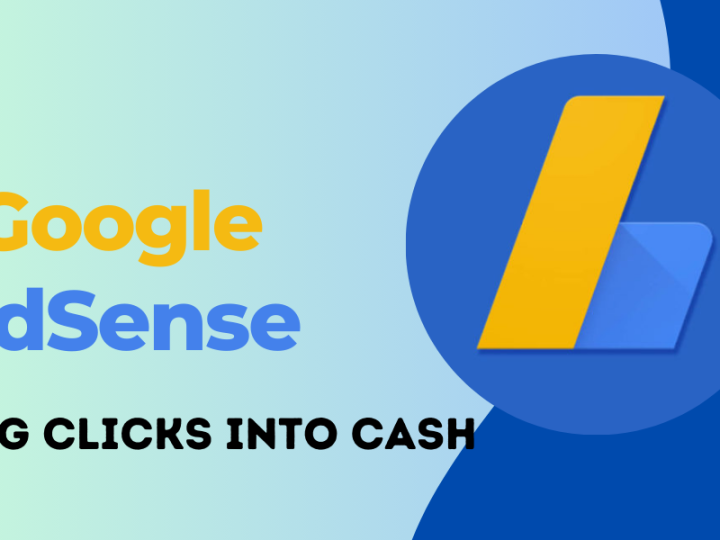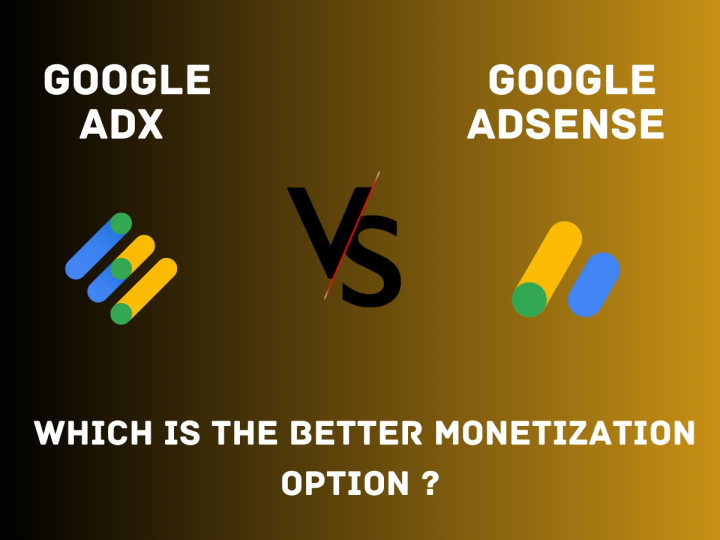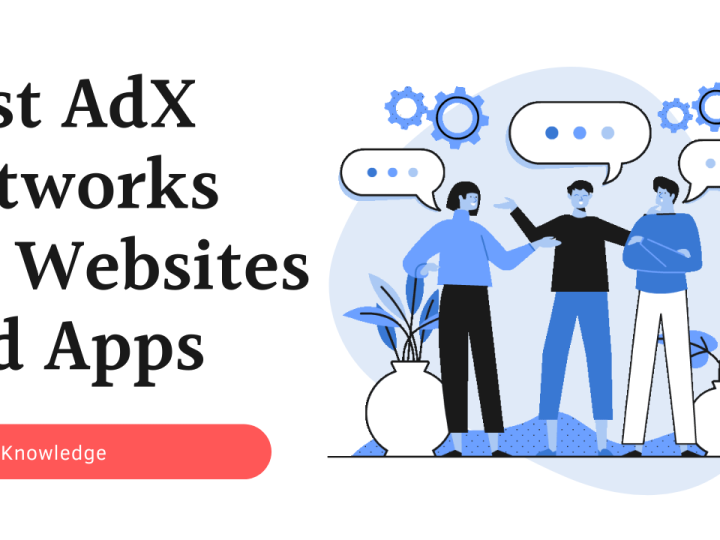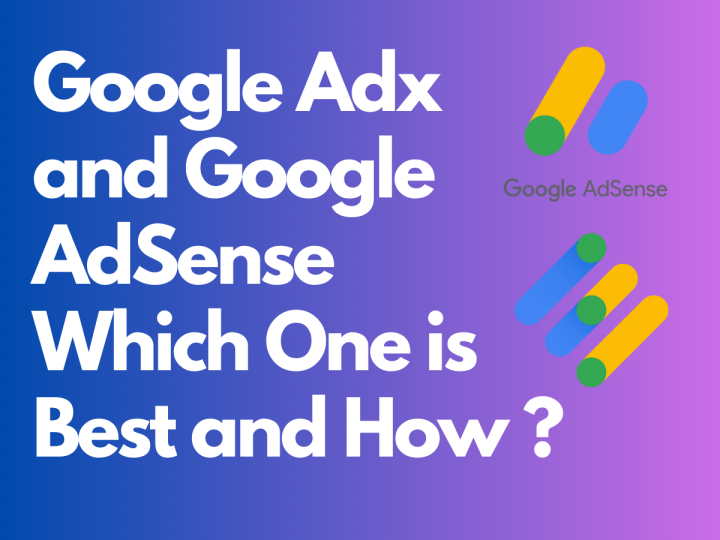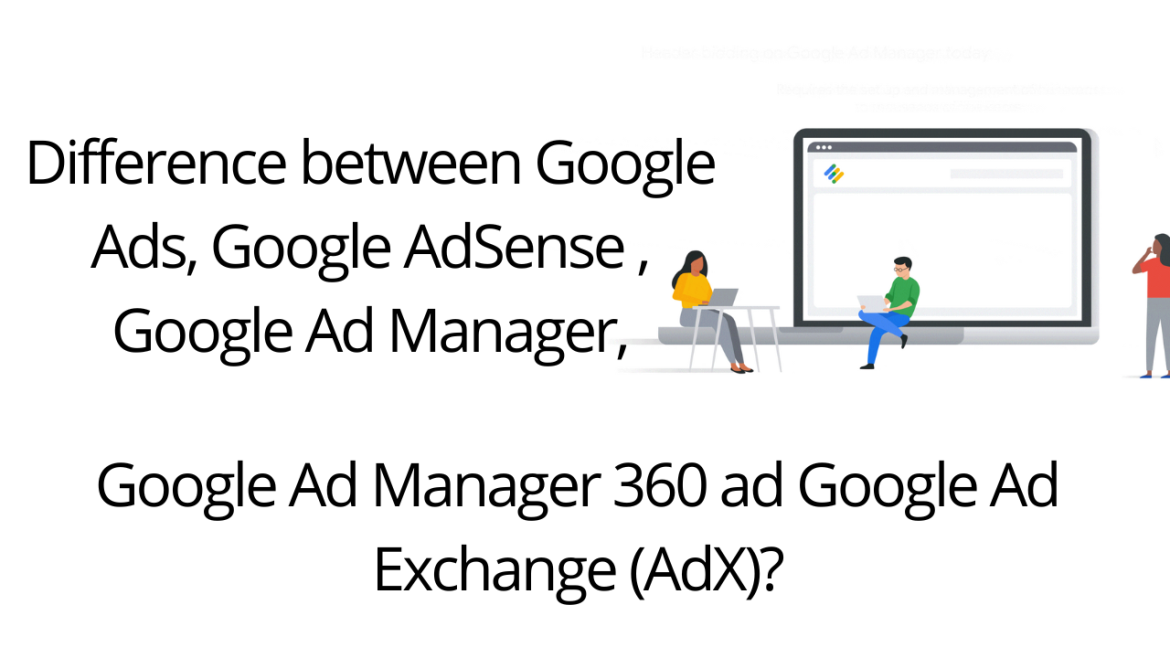
Google Ads
Google Ads, formerly known as ‘Google Adwords,’ enables organizations to advertise and promote their products and services when users search-relevant keywords. With Google Ads, businesses bid on specific keywords and pay when their ad is clicked. The ads are displayed on Google search results pages, other websites that are part of the Google network, and mobile apps. This tool has the potential to supercharge sales and leads.
Google AdSense
Google AdSense allows publishers to monetize their online content. AdSense works by matching advertisements to a website’s content and visitors. This program utilizes the same pay-per-click (PPC) concept as Google Ads, however the ads are shown on third-party websites rather than on Google search results pages.
Google Ad Manager
Google Ad Manager is an ad management program created for major publishers with a high volume of direct sales. Ad Manager supports several ad exchanges and networks, including AdSense, Ad Exchange, third-party networks, and third-party exchanges, and offers extensive management. It enables website owners and publishers to show advertisements on their websites as well as sell ad space to advertisers.
Google Ad Manager 360
Google Ad Manager 360 is a version of Ad Manager tailored to enterprise-level publishers. It is a full-service platform for organizing and delivering ads across online, mobile, and app inventory. It combines resources from DoubleClick for Publishers (DFP) and DoubleClick Ad Exchange (AdX) to provide sell-side and buy-side services. Its primary function is to assist in large-scale digital advertising efforts.
Google Ad Exchange
Google AdX is a marketplace that provides buyers with a pool of ad impressions via real-time bidding. However, Google Ad Exchange, unlike AdSense, is a platform that cannot be easily incorporated into a website. AdX is often used in collaboration with Ad Manager and Ad Manager 360 to assist publishers in selling their ad inventory.
-
Key Differences between AdSense and AdX? How do I make a Google AdX account?
The key differences between AdSense and AdX are as follows:
- AdSense is aimed towards website owners and bloggers, while AdX is aimed at marketers and agencies.
- Ad placement: AdSense shows advertising on third-party websites, while AdX enables marketers to bid on ad inventory across many apps and websites through a single platform.
- AdSense’s pricing approach is pay-per-click (PPC), but AdX’s pricing model is real-time bidding (RTB), which enables advertisers to bid on ad inventory in real time.
To create a Google AdX account, simply follow the steps below:
- Go to the Google AdX website (https://www.google.com/adx/).
- Click on the “Get started” button.
- Follow the on-screen instructions to create a new Google account or sign in with an existing one.
- Enter your business information, including your name, email address, and website.
- Agree to the terms and conditions and click on the “Create account” button.
- Follow the prompts to complete the setup process, including adding payment information and verifying your identity.
Once the initial documentation is done, Google will evaluate your information to determine if you meet the eligibility criteria.
-
What is the difference between Page RPM , CPM and eCPM? How to caluclate these?
RPM, CPM and eCPM are typically used in programmatic ad purchasing, but they may also assist you in “equalizing” expenses to understand how much one channel costs in comparison to another.
- RPM is a measure of how much money a website or ad unit makes per thousand page views.
- CPM is an internet advertising pricing strategy in which the advertiser pays a predetermined price for every thousand impressions of their ad. CPM is often used as a metric to measure the success of various ad campaigns or placements.
- eCPM is a measure of the effective cost of an ad campaign. It is used to compare the performance of different ad campaigns or placements.
The abovementioned metric can be calculated by applying the following formulas:
- Page RPM = (Total revenue / Number of page views) x 1000
- CPM = (Advertiser’s payment / Number of impressions) x 1000
- eCPM = (Total revenue / Number of impressions) x 1000
-
How Google AdSense can sometimes beat GoogleAd Exchange? Which can offers good revenue?
Google ADSense may at times outperform GoogleAd Exchange when it comes to generating revenue. The difference in revenue arises due to a variety of situations.
AdSense works best on micro websites and blogs with low visitor counts. AdSense operates on a pay-per-click (PPC) pricing mechanism, which means the website owner gets money each time a user clicks on an ad. This is a more viable approach for smaller websites with limited traffic since it lets them to make income from a small number of hits. Furthermore, AdSense provides a broader selection of ad types and customization options, making it simpler for website owners to discover the best ad format and placement for their website. This has the potential to boost ad engagement and revenue.
Overall, both platforms are equally capable of generating “good revenue”, the amount depends on the goals and objectives of the organization.
-
What are the most common misconceptions about Google AdX ?
Google AdX is a marketplace that provides buyers with a pool of ad impressions via real-time bidding. There are certain common misconceptions about the platform which often confuses potential users and makes them wary of the software.
The most common misconceptions are:
- Suitable for large advertisers and agencies
- Only for display advertising
- Limited Pricing Models
- Only for desktop advertising
- Difficult to use
-
What is Line Items and Creatives? What is Open Bidding and Heading Bidding? Difference between Open Bidding vs Header Bidding?
Line items and creatives are two important concepts in the world of digital advertising. Line items refer to the individual ad campaigns that are run on a publisher’s website or app. Each line item includes information about the ad campaign, such as the target audience, budget, and ad placements. Creatives, on the other hand, are the actual ads that are displayed as part of a line item. They can include images, videos, or interactive content and are designed to attract the attention of the target audience and encourage them to take a desired action.
Open bidding and header bidding are two techniques that are used to optimize ad revenues and reach a target audience. Open bidding is a real-time bidding (RTB) process in which multiple demand-side platforms (DSPs) can bid on ad inventory in real time. This allows advertisers to reach a wide range of users across different devices and platforms. Header bidding, on the other hand, is a technique in which multiple DSPs are invited to bid on ad inventory simultaneously, before the publisher’s ad server makes a final decision on which ad to display. This allows advertisers to bid on ad inventory in real time and can lead to higher ad revenues for publishers.
So, what’s the difference between open bidding and header bidding? One key difference is the target audience. Open bidding is typically used to reach a wide range of users across different devices and platforms, while header bidding is often used to target specific users on a single website or app. Another difference is the bidding process: in open bidding, multiple DSPs can bid on ad inventory in real time, while in header bidding, multiple DSPs are invited to bid on ad inventory simultaneously before the publisher’s ad server makes a final decision. Ad placements is another difference: open bidding can be used for a wide range of ad placements, including display, video, and mobile ads, while header bidding is typically used for display ads on a single website or app. Finally, integration is different: open bidding requires integration with a real-time bidding platform, while header bidding requires integration with the publisher’s ad server.
Overall, both open bidding and header bidding are effective techniques for optimizing ad revenues and reaching a target audience, but they have different strengths and are best suited for different types of campaigns and placements.
